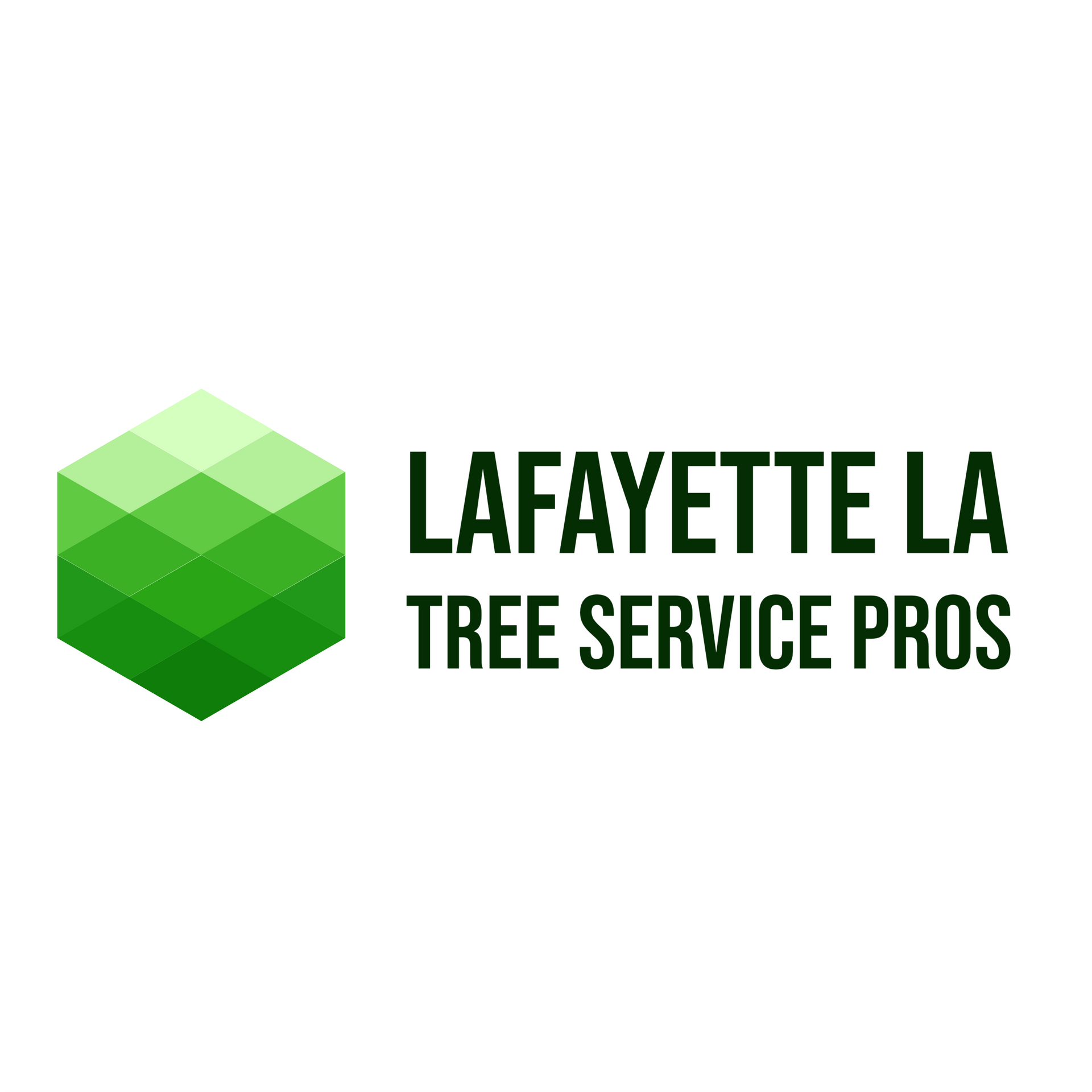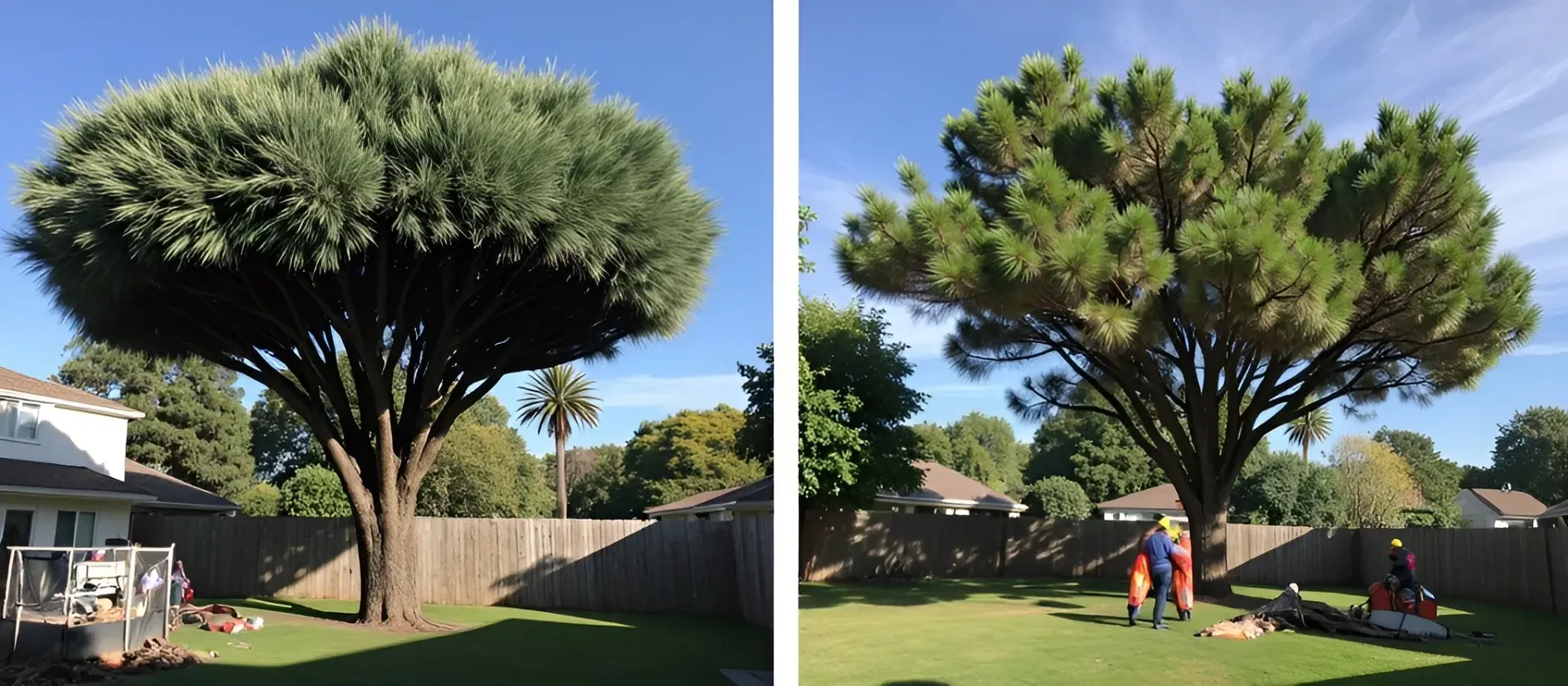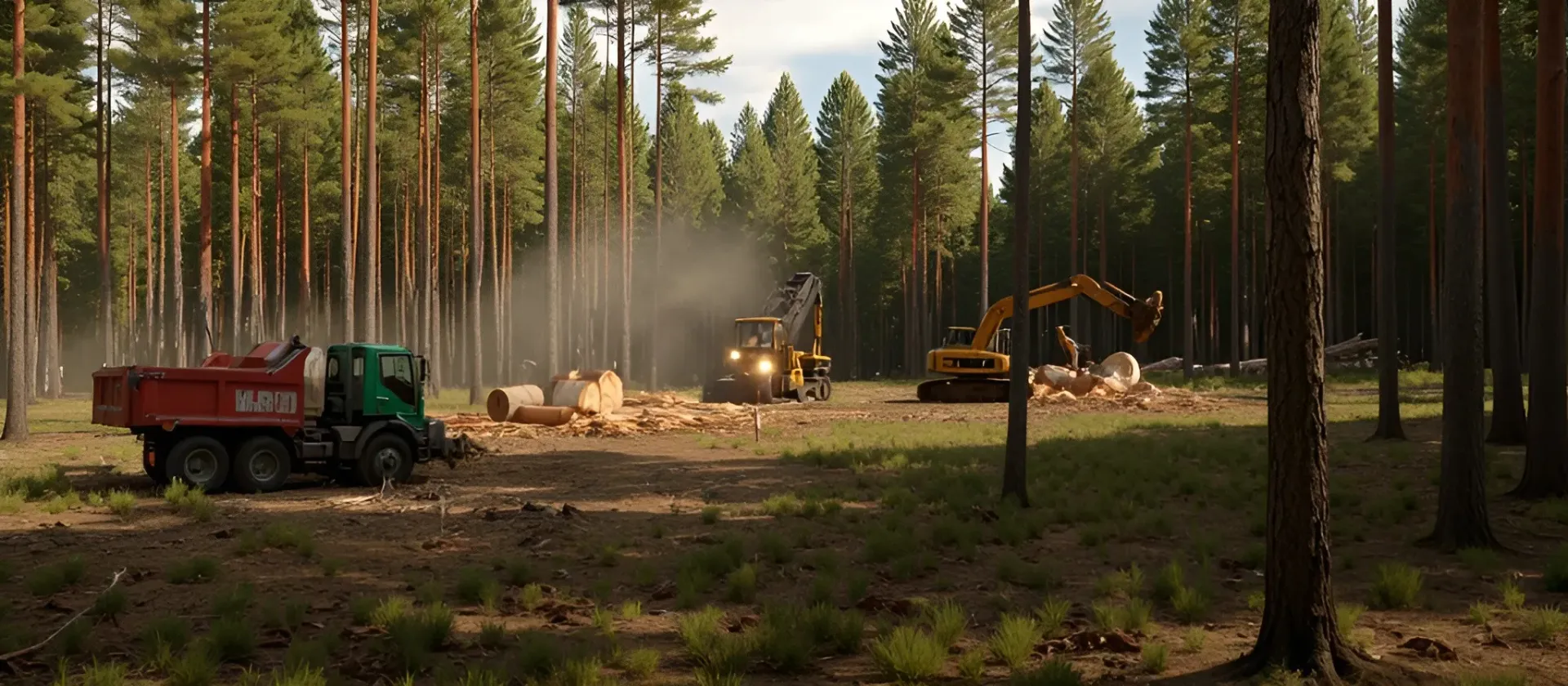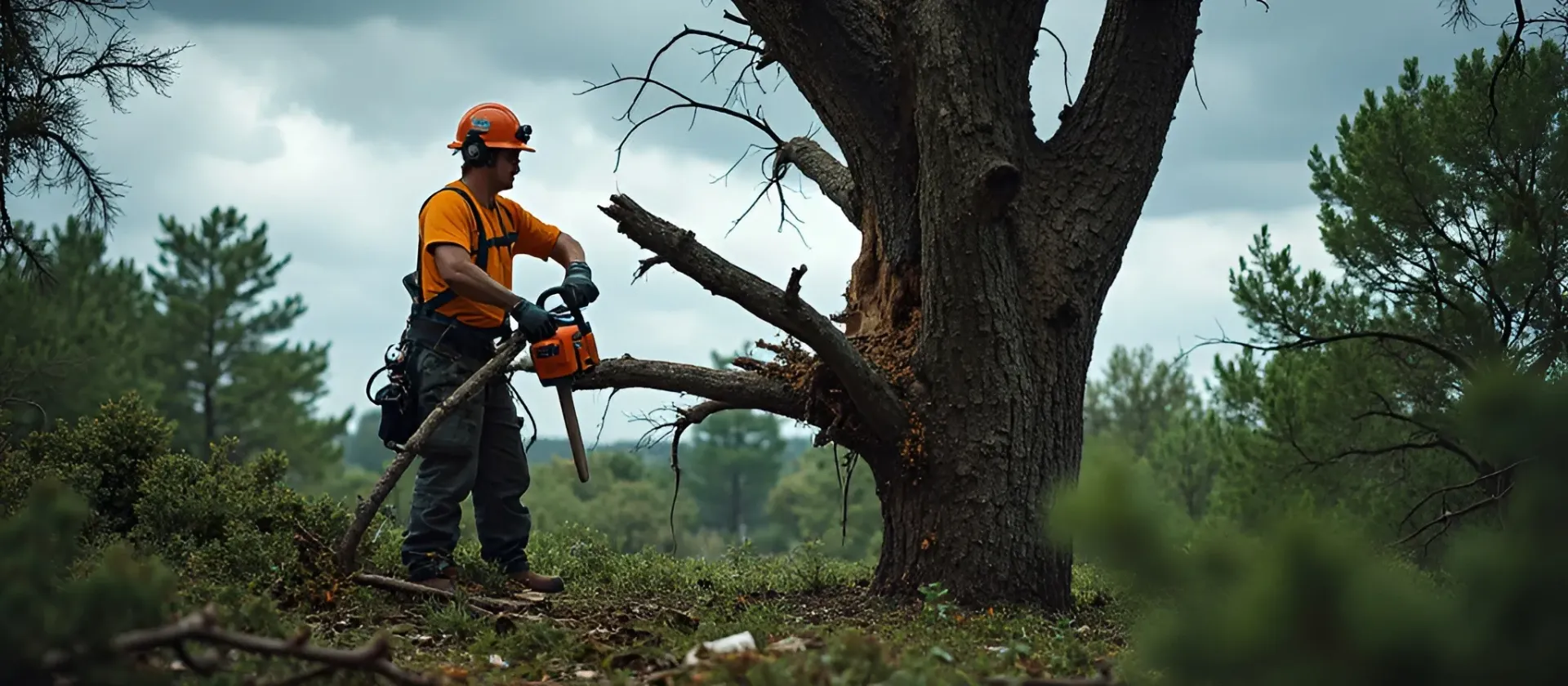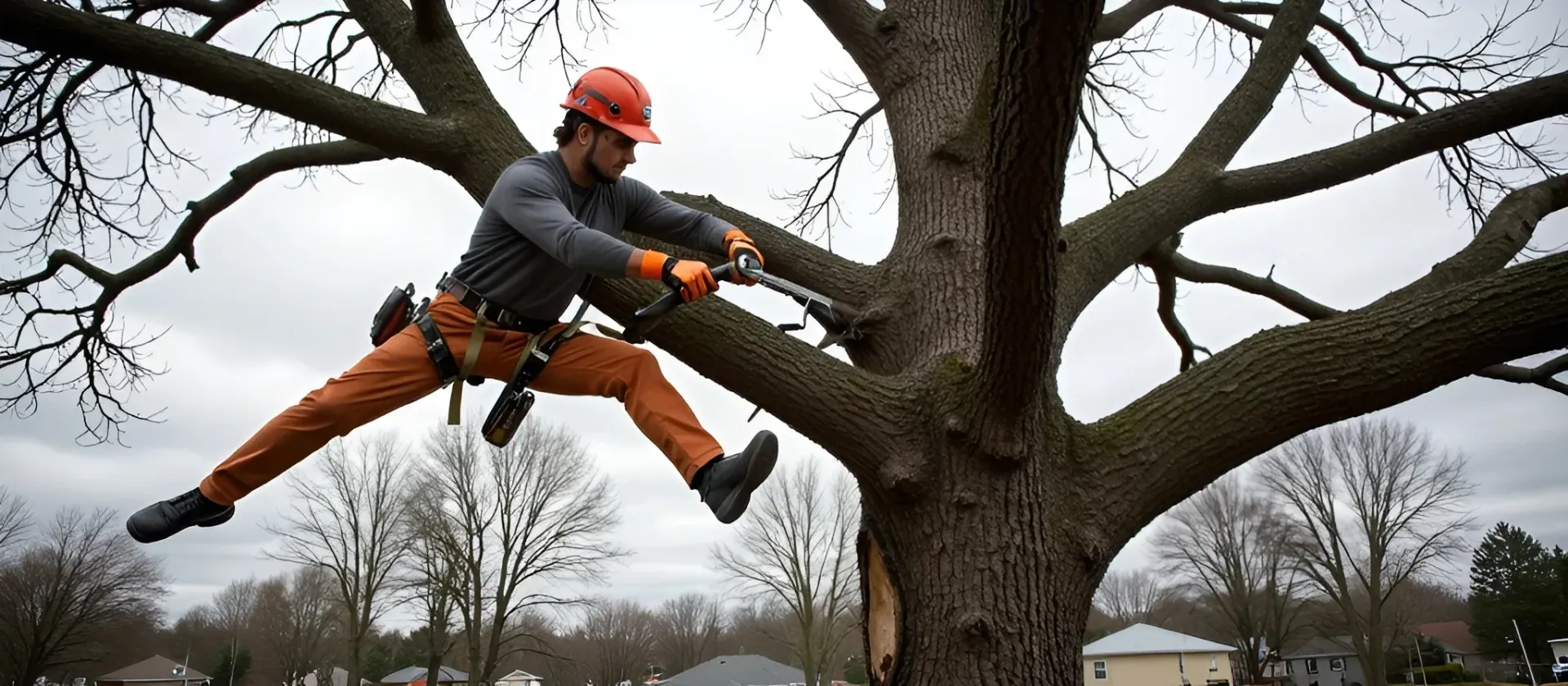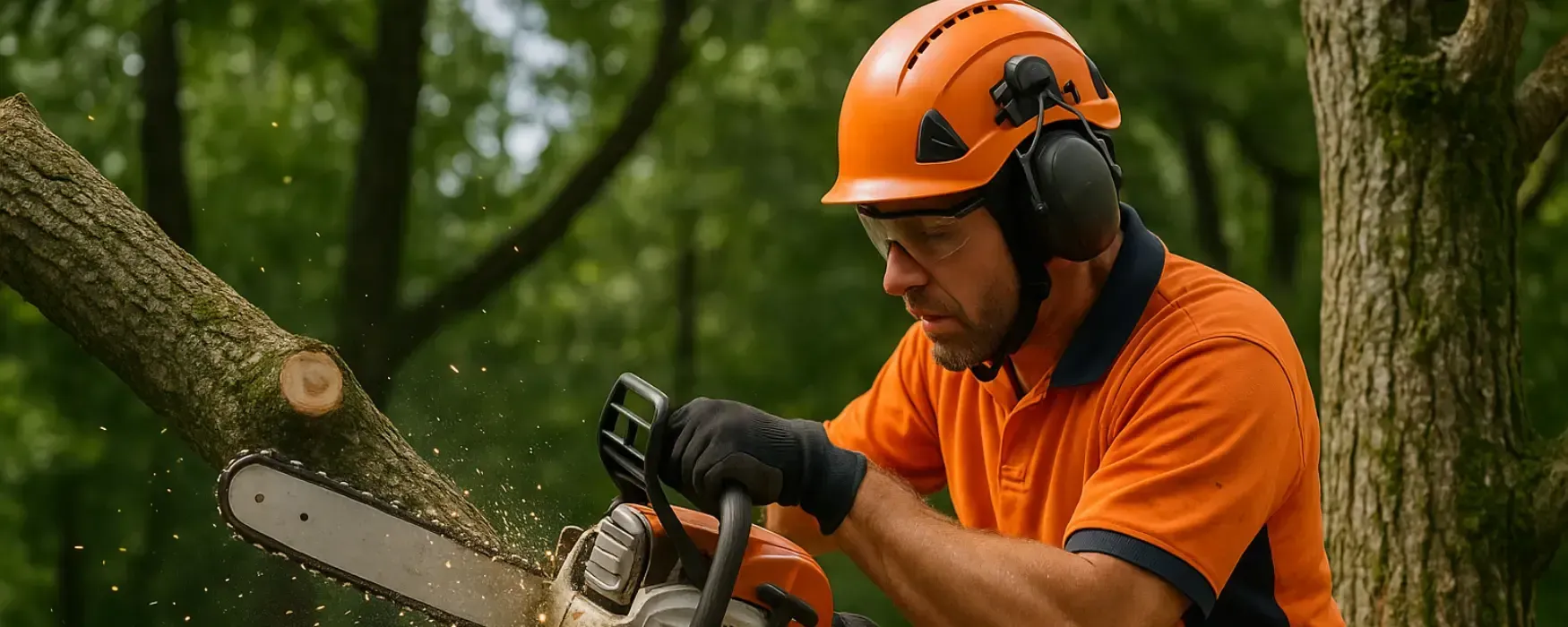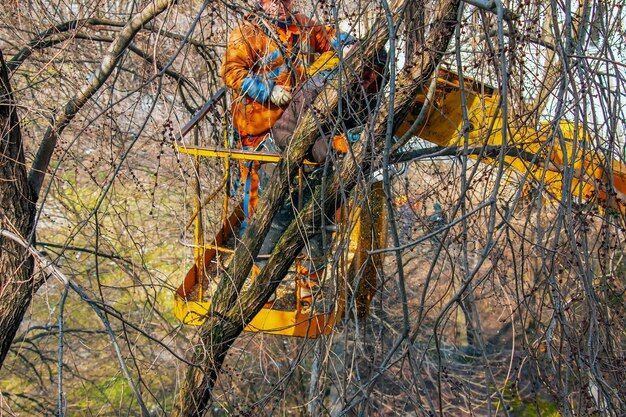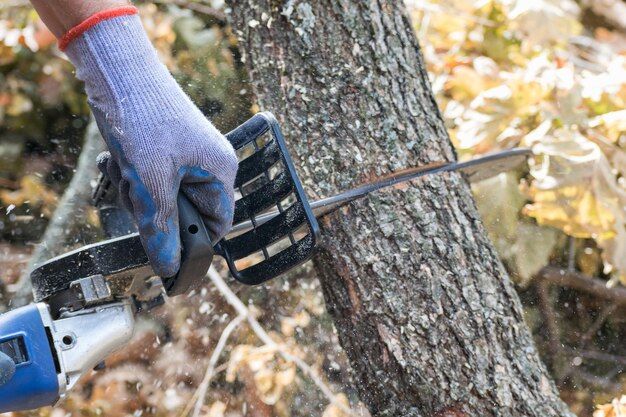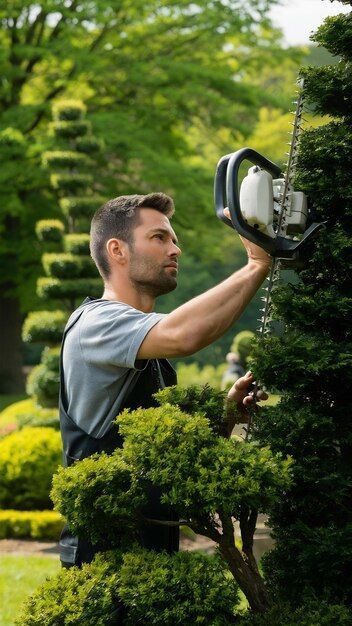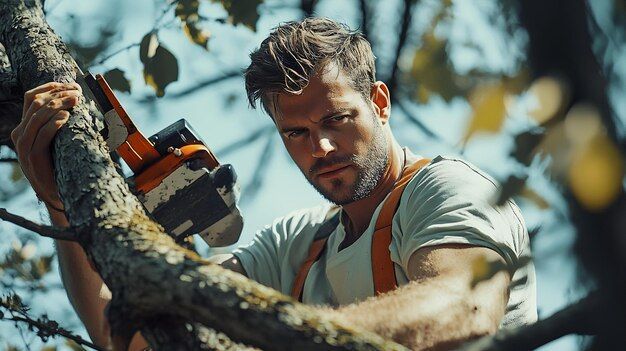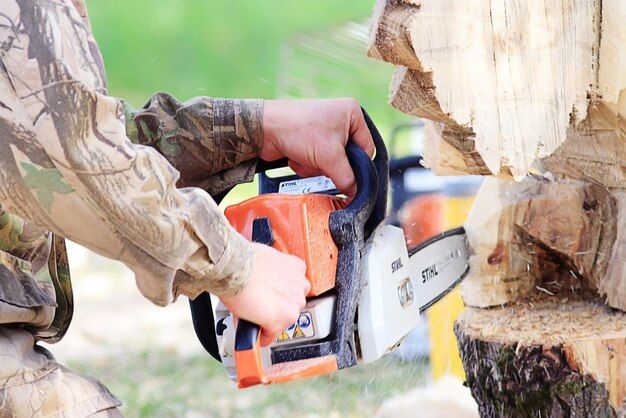The Science Behind Tree Cutting: How Experts Assess Tree Health Before Cutting
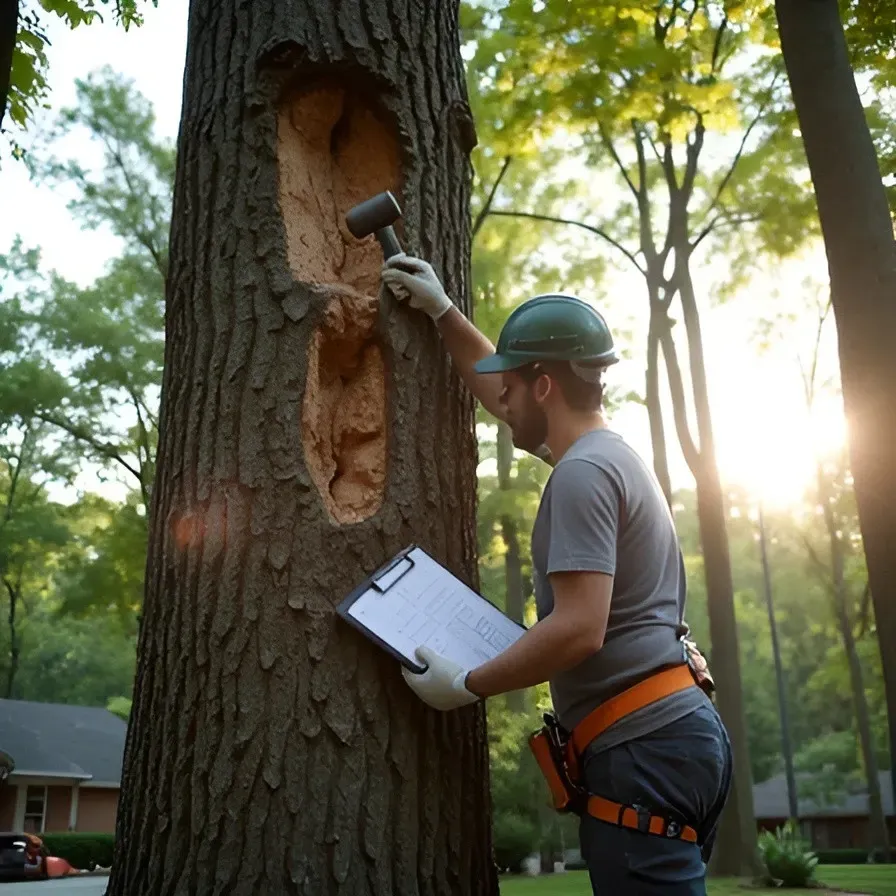
In a 2018 study, researchers found that urban trees in the U.S. are being lost at a rate of 36 million trees per year.
Some of these removals are unavoidable due to disease, storm damage, or old age. However, many others occur because people simply don’t know whether a tree is really dying or just exhibiting signs of stress.
If you’ve ever looked at a big tree in your yard and wondered whether it needs to come down, you’re not alone. It’s a tough call to make.
Trees are part of the landscape, part of our childhood memories, and often part of the local ecosystem. Cutting one should never be taken lightly.
That’s why experts rely on a specific process to assess a tree’s health before making that decision. It’s often backed by science and years of experience.
What “Health” Really Means for a Tree
We tend to think of trees as either alive or dead. But their health exists on a spectrum.
According to the International Society of Arboriculture (ISA), a healthy tree shows consistent growth, good leaf coverage, and solid structural integrity from the roots to the crown.
That doesn’t mean a tree can’t have a few dead branches or patchy spots. It’s more about how the tree as a whole is performing.
Just like people, trees go through rough seasons. Drought, soil compaction, pests, or construction nearby can all take a toll.
But not every struggle means the tree is failing. That’s why trained professionals look at a combination of visual cues, data, and environmental factors before drawing conclusions.
Visual Clues
Arborists are professionals trained in tree biology, mechanics, and safety. They start the process with what’s called a visual tree assessment, or VTA.
This involves a careful inspection of the tree’s trunk, bark, branches, roots, and canopy. They’re looking for patterns, not just one-off issues. Some of the common warning signs could include:
- Fungal growth, like mushrooms at the base
- Discolored or spotted leaves
- Cracks or splits in the trunk
- Large dead branches, especially in the upper canopy
- Sudden leaning or exposed roots
- Hollow sounds when tapping the trunk
These issues are often addressed during tree trimming and pruning services, which help extend the life of the tree when caught early.
Internal Checkup
Once visual signs raise concern, arborists turn to specialized tools. These are designed to look beyond the surface, especially if the tree still appears somewhat stable.
One of the most widely used is a resistograph, a device that drills a very fine needle into the wood to measure resistance. Low resistance often points to internal rot.
There’s also sonic tomography, which uses sound waves to map the inside of a trunk. It’s especially useful in older trees where decay might be hidden deep within the core.
Core sampling is another method, though less common. It involves extracting a narrow cylinder of wood to examine the tree’s growth rings and overall structure.
Arborists may also test the soil, checking for compaction, root damage, or poor drainage. Trees depend heavily on root health, and many problems start underground where we can’t really see.
The essential toolkit for tree cutting services includes these devices, ensuring a more accurate diagnosis before any drastic steps are taken.
Other Factors
Even if a tree is struggling, that doesn’t always mean it should be cut. Arborists consider the tree’s location, species, and how likely it is to cause harm.
For example, a 70% decayed maple in the middle of a forest might be left alone. But that same tree near a home, school, or power line could be a major liability.
In fact, many places use a Tree Risk Assessment Qualification (TRAQ) system, which looks at three main factors:
- Likelihood of failure (will the tree or part of it fall?)
- Likelihood of impact (will it hit anything?)
- Consequences (what will happen if it does?)
This system helps arborists give clear, structured advice. A tree might look scary but poses little actual risk. Or it might look fine but hide a serious weakness.
Species also play a role. Some trees, like silver maples or Bradford pears, are more prone to weak limbs and splitting. Others, like oaks or elms, are more resilient but can suffer from specific diseases.
Knowing the natural characteristics of a tree helps guide the assessment.
Can the Tree Be Saved?
Tree removal should be the last option as many can recover with care.
Arborists often recommend:
- Pruning to remove dead or dangerous limbs
- Cabling and bracing to support heavy or weak branches
- Soil improvement
- Targeted pest treatment
Proper timing for seasonal tree cutting plays a key role in a tree’s ability to heal and thrive. Acting early can make all the difference.
When Cutting Becomes the Right Choice
Sometimes, despite best efforts, the safest path is to remove the tree.
Trees that are leaning sharply, dropping large limbs, or showing hollow trunks may need immediate removal to prevent accidents.
If over half the tree is dead or diseased, or if it has structural defects that can't be stabilized, certified arborists may recommend removal. But they’ll always provide reasons, often supported by photos, measurements, and risk ratings.
To avoid problems from the start, it's critical to understand the dangers of cutting trees improperly, especially without a proper risk assessment.
Final Thoughts
Tree cutting is a safety and environmental decision. Good arborists know when to step in and when to let nature take its course. They rely on science, not shortcuts, and always aim for preservation first.
If you’re facing this decision, give the process the time and care it deserves. The right call today can protect your home, save a tree, or both.
